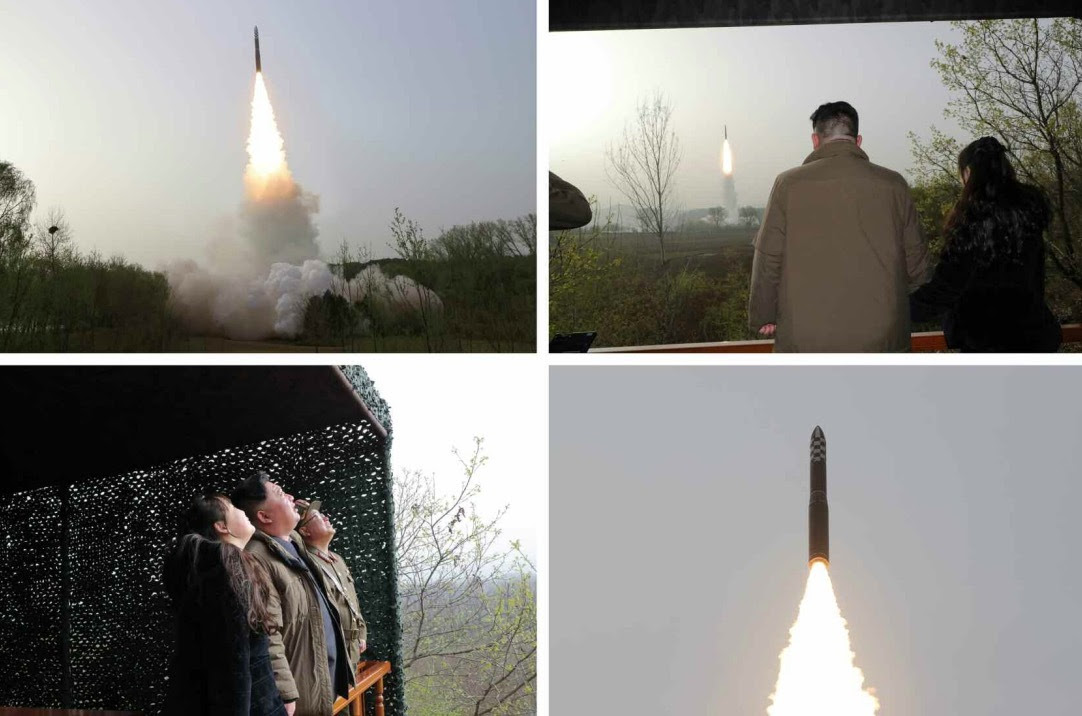There's a big error in this document pertaining to North Korea's ICBMs that I think is worth digging into. It's disappointing for an IC product.
https://twitter.com/nktpnd/status/1351595935076409348
The document notes that "North Korea debuted the Hwasong-14 ICBM in an October 2015 parade." (USIC calls the October 2015 ICBM mockups the KN14, but this designator system is not used in the NASIC report.) 

Page 28 of the NASIC report then includes this photograph, from North Korea's July 4, 2017, launch of an *actual* Hwasong-14 ICBM (KN20). The caption notes it's a "modified Hwasong-14." 

So, the problem is that the October 2015 missile is *not called the Hwasong-14 by North Korea*. Yes, it commonly appears as the Hwasong-14 in lots of open source databases, but we have proof the North Koreans call it the Hwasong-13.
Which missile am I talking about? This one. This is from the October 2015 parade to commemorate the 70th anniversary of the Workers' Party of Korea's founding. 

Here's a closer look at that. (h/t @stoa1984 for originally sharing this image, I believe; I've had it saved for a while.) 

So, if you can't make it out, it says "Hwasong-13." If you know North Korean ICBMs, you might ask if this thing below (KN08 to USIC) isn't the Hwasong-13. Well, it is. But so is the 2015 missile. 

Why does this matter? Well, firstly, IC publications should be held to the highest standards. But implying that the actual *Hwasong-14* was a modified version of the October 2015 parade mockup ICBMs is seriously misleading.
The Hwasong-14 (KN20) that was tested successfully for the first time in July 2017 relied on a totally new liquid propellant engine setup for its first stage. The October 2015 Hwasong-13 (let's call it Hwasong-13 mod 2) used clustered Scuds for its first stage.
This thread probably seems very nit-picky, but there's no detail to small, IMHO, for NASIC to get right when the evidence is openly available. I hope we'll see better in the future.
Getting this detail right leads to a completely different account of the design heritage of North Korea's successful liquid propellant ICBMs (Hwasong-14 and Hwasong-15). They didn't simply iterate off the KN08 and KN14 designs.
Erratum. Clustered 4D10s (not Scuds).
https://twitter.com/nktpnd/status/1351735267196067842
Bonus: KN08 (Hwasong-13) is also KN-SS-X-8. KN14 (Hwasong-13 mod 2) is also KN-SS-X-10.
We also have pictures of the aft ends of the two missiles NASIC conflated; different missiles & different engines (KN14 left; KN20 right). 



• • •
Missing some Tweet in this thread? You can try to
force a refresh












